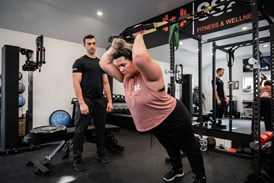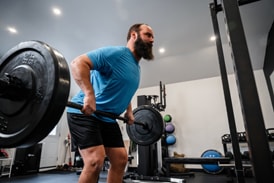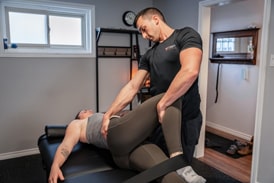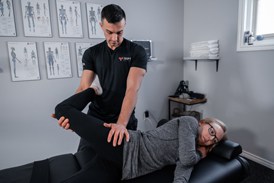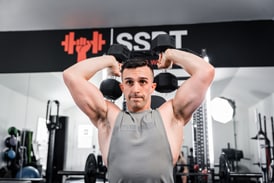PERSONAL TRAINING
NUTRITION & LIFESTYLE COACHING
PAIN MANAGEMENT
Your Fitness And Well-Being Optimized
Woodstocks Top Rated 1 On 1 Private Studio Coaching Experience
My Philosophy
I believe that the true solution to anyone’s health, fitness or wellness comes from a place of ambition to be the best version of themselves in every aspect of their well-being. Achieving this takes a level of commitment, consistency and some hard work. Regardless of your body type, your goals or your past experiences – there is a specific solution for you and what you bring to the table.
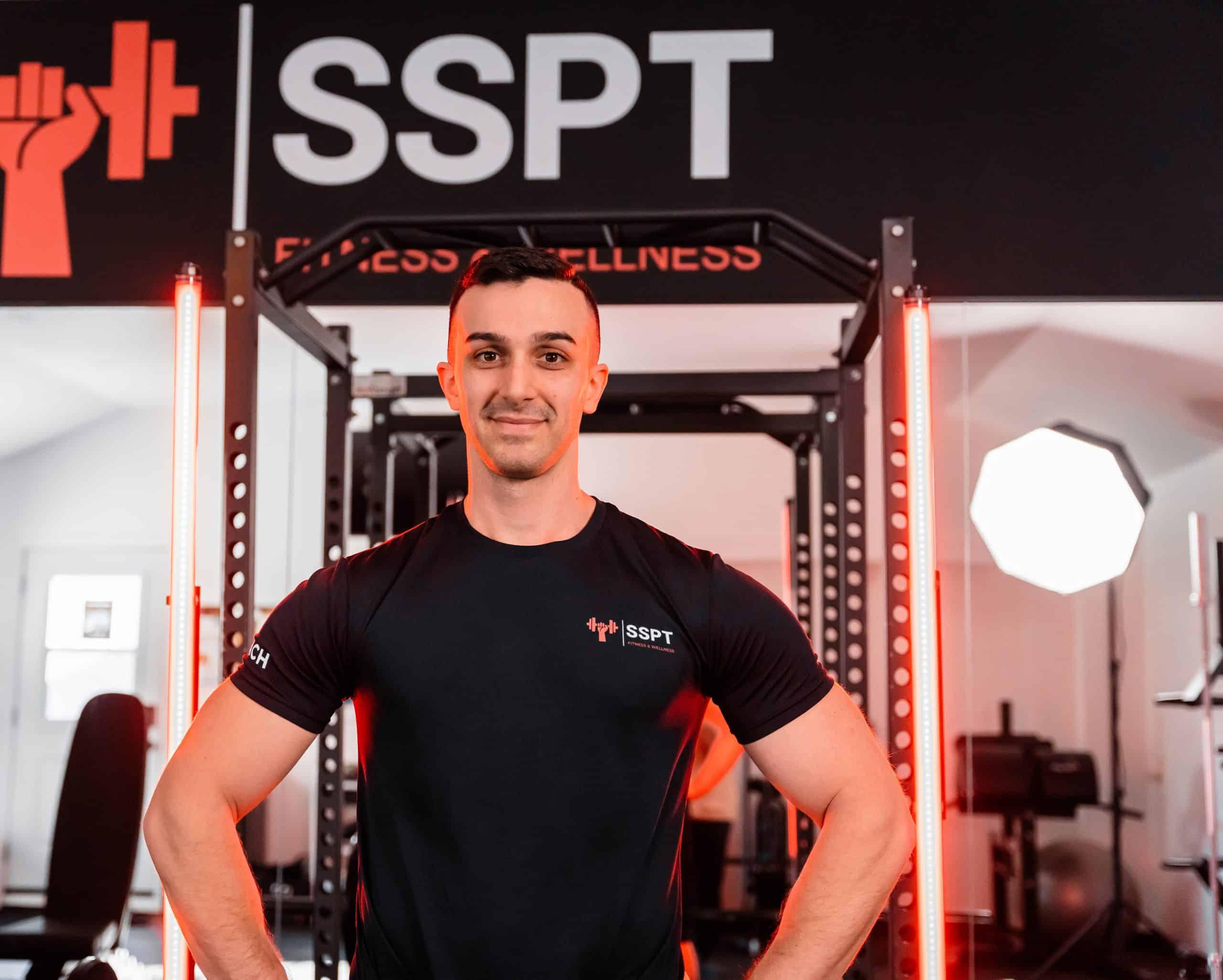
SSPT Specialties
Your Fitness And Well-Being Optimized
